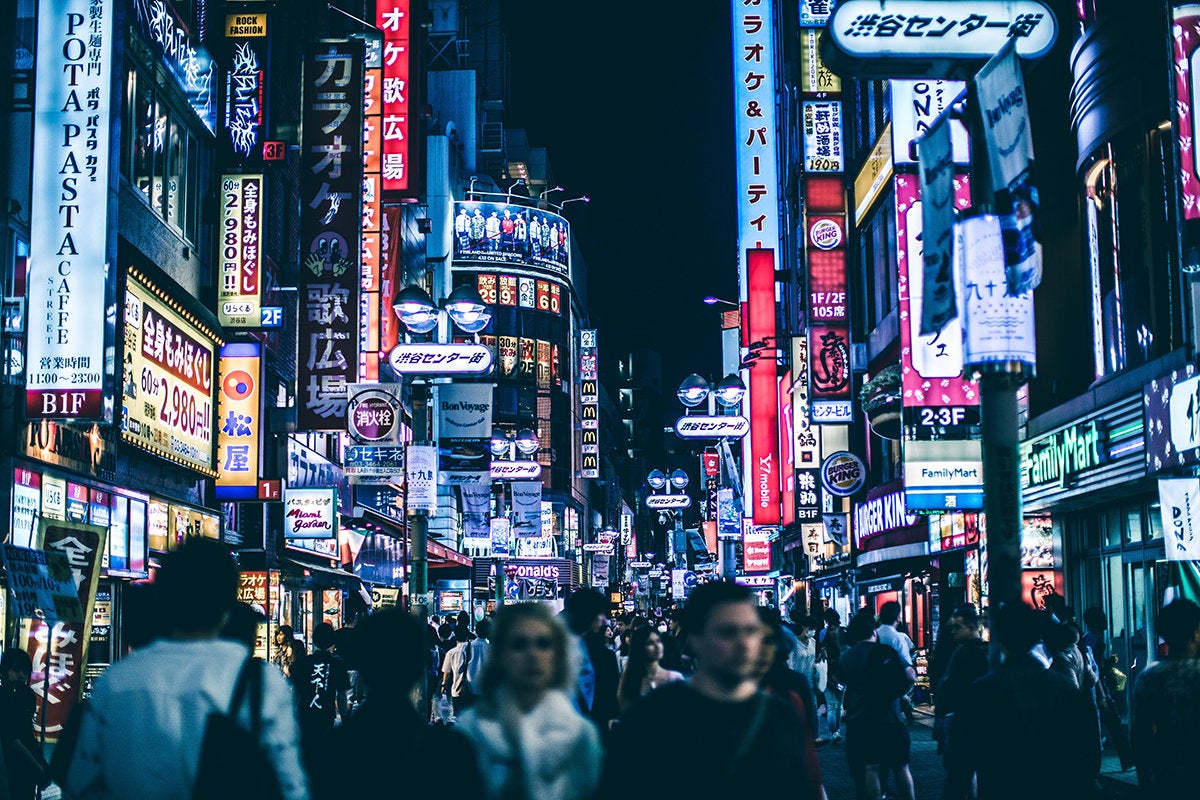Chipmaker Taiwan Semiconductor Manufacturing Company (TSMC) plans to set up a second semiconductor manufacturing plant in Japan with an investment of about $7.4 billion, Japanese newspaper Nikkan Kogyo Shimbun reported.
TSMC will build the new plant in the southwestern region of Kumamoto to manufacture 5nm and 10nm chips from 2025, the report said.
A TSMC spokesperson declined to comment on the development but instead pointed to CEO CC Wei’s comment from the company’s last quarterly earnings call in January, which said, “In Japan, we are building a specialty technology fab, which will utilize 12 and 16 nanometer, and 22/28 process technologies. Volume production is scheduled for late 2024. We are also considering building a second fab in Japan, as long as the demand from customers and the level of government support makes sense.”
TSMC’s global expansion plans
TSMC has been looking to expand beyond Taiwan to places such as the US, Europe, and Japan. This expansion is also expected to be supported by subsidies offered by the host countries, which are looking at reducing their dependence on China.
The company has already started work at its massive chip factory in Arizona, while it continues to scout for locations for a factory in Europe. Experts believe this global expansion could significantly benefit the chipmaker even if the cost of production is much higher in the new locations.
“The construction cost of building and facilities for the US fab is up to 5x greater versus a fab in Taiwan, per TSMC,” said Sravan Kundojjala, an analyst at the market research firm TechInsights. “TSMC spends 80% of its CapEx on equipment and 20% on construction. Overall, a fab in the US can cost 80% higher than a fab in Taiwan. However, TSMC seeks to narrow this cost gap with government incentives.”
Why is it important for TSMC to expand beyond Taiwan?
TSMC needs to diversify beyond Taiwan to access a wider talent pool and stay close to customer locations, Kundojjala said. Moreover, it has become imperative for foundries to guarantee manufacturing capacity to customers amid the US-China chip war. Diversifying its operational locations could help TSMC withstand climate, talent shortage, and political tensions between Taiwan and China.
“TSMC’s US fab will help it stay close to customers and immune to potential China invasion. Arizona is known for its talent pool, subsidies, and foundry ecosystem. Intel has been operating in Arizona for years. Despite its presence in Arizona, TSMC will not be able to meet all its US customer demands immediately. Taiwan will continue to be a big part of its plans,” said Kundojjala.
The US fab will help TSMC serve leading-edge US customers, while the Japan fab will help the company gain traction in specialty technologies (image sensor, auto MCUs etc.), and 3D IC research, Kundojjala said. “Apple, AMD, NVIDIA and Qualcomm support the Chips Act to help TSMC narrow the cost gap.”
Despite political and trade tensions between Taiwan and China, China continues to be a big revenue source for TSMC. “TSMC continued to serve Chinese customers that are not on the entity list. China accounted for around 10% of TSMC’s revenue in 2022,” Kundojjala said.






